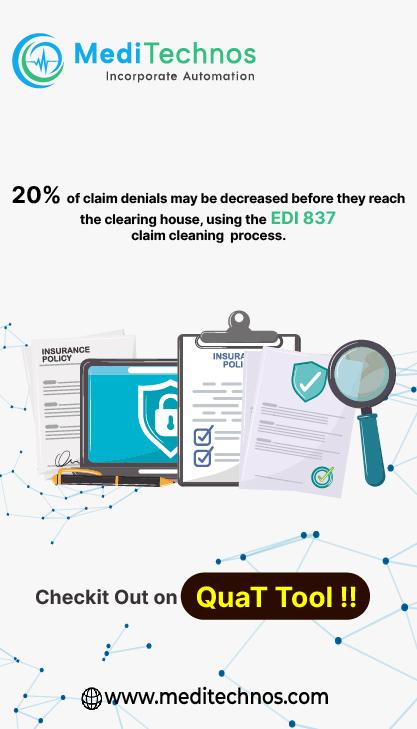How do you determine whether prescription drug coverage is creditable coverage?
Prescription drug coverage is creditable if the actuarial value of the prescription drug coverage offered by the entity equals or exceeds the actuarial value of the standard prescription drug coverage under Medicare (Part D coverage). Entities must determine creditable coverage status for each benefit option offered. In general, the actuarial value test measures whether the expected amount of paid claims, on average, for all Medicare eligible individuals covered under the entity’s prescription drug coverage is expected to pay at least as much as the expected amount of paid claims under the standard prescription drug benefit under Medicare Part D. Entities should calculate the value of the standard Medicare prescription drug benefit for a given plan year based on the initial coverage limit, cost-sharing and out-of-pocket threshold for the standard prescription drug coverage under Part D in effect at the start of the entity’s plan year.
If an entity is not an employer or union that is applying for the Retiree Drug Subsidy, it can use the simplified determination of creditable coverage status annually to determine whether its prescription drug plan’s coverage is creditable or not.
Home Health Providers
This page provides basic information about being certified as a Medicare and/or Medicaid home health provider and includes links to applicable laws, regulations, and compliance information.
A Home Health Agency (HHA) is an agency or organization which:
• Is primarily engaged in providing skilled nursing services and other therapeutic services;Has policies established by a group of professionals (associated with the agency or organization), including one or more physicians and one or more registered professional nurses, to govern the services which it provides;
• Provides for supervision of above-mentioned services by a physician or registered professional nurse;
• Maintains clinical records on all patients;
• Is licensed pursuant to State or local law, or has approval as meeting the standards established for licensing by the State or locality;
• Has in effect an overall plan and budget for institutional planning;
• Meets the federal requirements in the interest of the health and safety of individuals who are furnished services by the HHA; and
• Meets additional requirements as the Secretary finds necessary for the effective and efficient operation of the program.
For purposes of Part A home health services under Title XVIII of the Social Security Act, the term “home health agency” does not include any agency or organization which is primarily for the care and treatment of mental diseases.
A Home Health Agency may be a public, nonprofit or proprietary agency or a subdivision of such an agency or organization.
1. Public agency is an agency operated by a State or local government. Examples include State-operated HHAs and county hospitals. For regulatory purposes, “public” means “governmental.”
2. Nonprofit agency is a private (i.e., nongovernmental) agency exempt from Federal income taxation under §501 of the Internal Revenue Code of 1954. These HHAs are often supported, in part, by private contributions or other philanthropic sources, such as foundations. Examples include the nonprofit visiting nurse associations and Easter seal societies, as well as nonprofit hospitals.
3. Proprietary agency is a private, profit-making agency or profit-making hospital.

